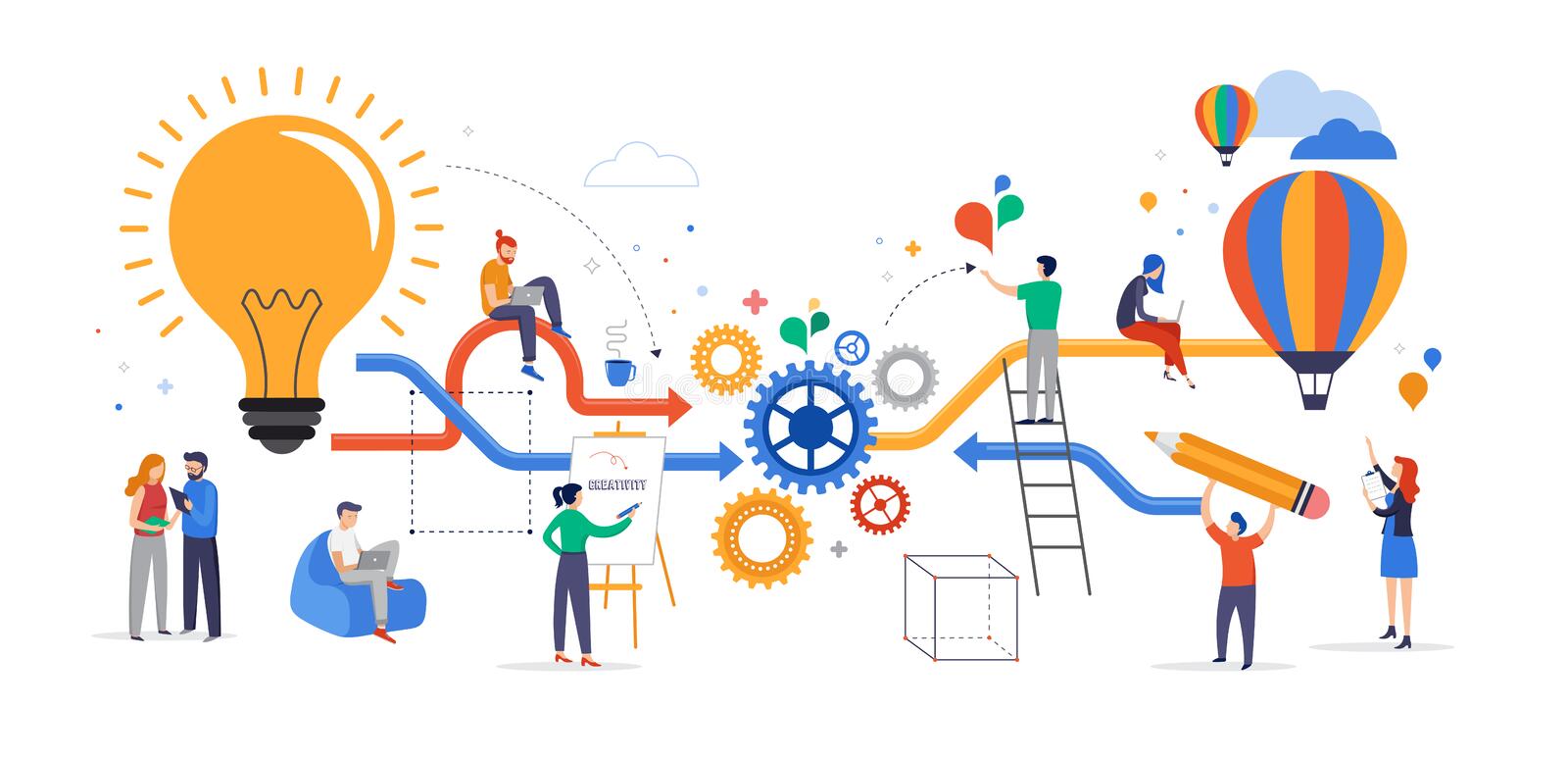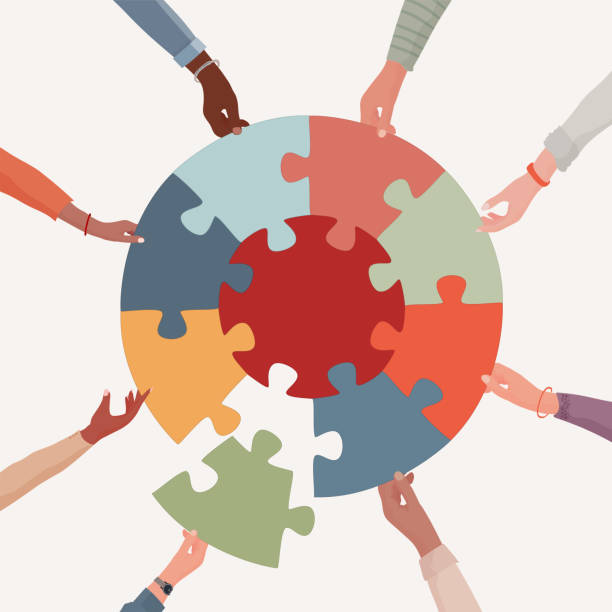
Collaboration is an essential skill in today’s world, where many tasks require a team effort to achieve success. Whether it’s working on a project at school, collaborating on a business plan, or contributing to a community initiative, collaboration can help to enhance creativity, boost productivity, and increase engagement. In this blog post, we will explore the topic of collaboration and how it can be used in education.
The Importance of Collaboration in Education

Collaboration is a critical component of 21st-century learning. In today’s rapidly changing world, students need to be equipped with the skills to work effectively with others. Collaborative learning promotes the development of social and emotional skills, such as communication, problem-solving, and critical thinking. These skills are essential for success in both academic and professional settings.
Furthermore, collaboration can enhance learning outcomes. When students work together, they can share knowledge, resources, and perspectives, leading to a deeper understanding of the subject matter. Additionally, collaboration can help to foster a sense of community within the classroom, promoting a positive learning environment.
Technology and Collaboration

Technology has played a significant role in enabling collaboration in education. With the use of digital tools, students can collaborate in real-time, regardless of their physical location. Tools such as Microsoft Teams and Google Classroom provide students with a platform to communicate, share resources, and work collaboratively on projects.
Moreover, technology has also enabled teachers to create interactive and engaging learning experiences that promote collaboration. For example, tools like Kahoot! and Quizlet allow teachers to create fun and interactive quizzes that students can work on together.
Microsoft Teams and Collaboration

Microsoft Teams is a powerful collaboration tool that enables students and teachers to work together seamlessly. With features such as chat, file sharing, and video conferencing, Teams provides a comprehensive platform for collaborative learning. Additionally, Teams integrates with other Microsoft tools, such as OneNote and SharePoint, enabling students to collaborate on projects using a variety of tools.
One of the key benefits of Teams is its ability to facilitate real-time collaboration. With Teams, students can work together on a project in real-time, with changes made to the document immediately visible to all members of the team. Furthermore, Teams provides a platform for teachers to deliver interactive and engaging lessons that promote collaboration.
MSEduCentral and #MSFTEduChat
MSEduCentral and #MSFTEduChat are two valuable resources for educators looking to promote collaboration in their classrooms. MSEduCentral is an online hub for educational resources, including lesson plans, activities, and professional development resources. Additionally, MSEduCentral hosts a range of webinars and training sessions that can help teachers to develop the skills required to promote collaboration in their classrooms.
#MSFTEduChat is a Twitter chat that takes place every Tuesday, where educators from around the world come together to discuss a range of topics related to education. The chat provides an opportunity for educators to share ideas and resources, ask questions, and connect with others who share their passion for education.
Conclusion
Collaboration is a critical skill that students need to succeed in today’s world. Through the use of technology and tools such as Microsoft Teams, teachers can create interactive and engaging learning experiences that promote collaboration. Additionally, resources such as MSEduCentral and #MSFTEduChat can provide educators with the knowledge and skills they need to create collaborative classrooms. By promoting collaboration in the classroom, we can help students to develop the skills they need to succeed in both academic and professional settings.